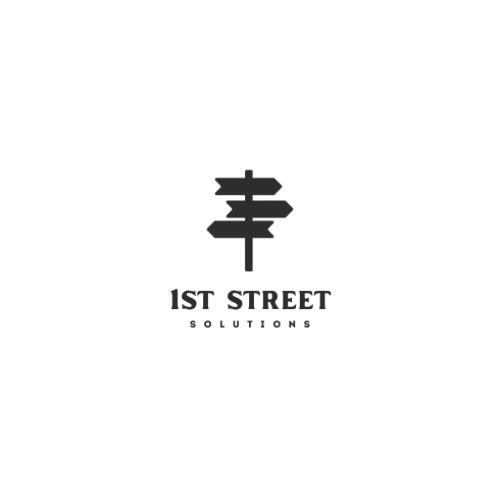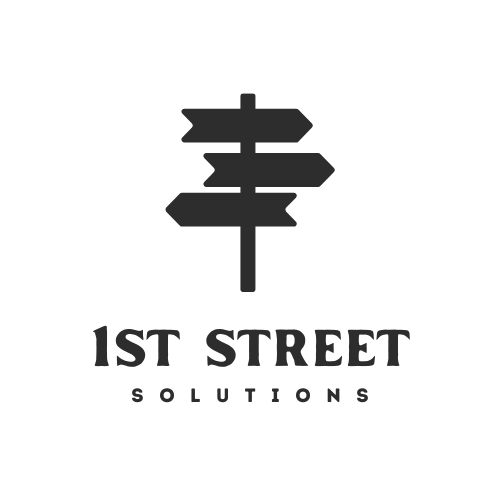Introduction
When it comes to budget smartphones, Redmi mobiles continues to dominate with a variety of options depending on different user needs. The Redmi Note 13 and Redmi 13C are two such models designed to stand with different segments of the market. But how do they compare? Thumb Through this blog for detailed comparison. We’ll break down the key features, specifications, and overall value of each device to help you make an informed choice.
Design
Redmi Note 13
- Materials: Premium glass front with a plastic frame and back.
- Dimensions: Slim profile with a slightly larger footprint.
- Display: 6.67-inch AMOLED display with Full HD+ resolution.
- Weight: Around 193g, giving it a sturdy feel.
The Redmi Note 13 focuses on a more attractive design, featuring an AMOLED display with thinner bezels, offering a flagship-like appearance in a budget-friendly package. The glass front adds a sleek touch, making it visually appealing and comfortable to hold.
Redmi 13C
- Materials: Plastic build with a matte finish.
- Dimensions: Compact and lightweight, easy to handle.
- Display: 6.5-inch IPS LCD display with HD+ resolution.
- Weight: Roughly 190g, making it easy to carry around.
In contrast, the Redmi 13C targets the entry-level market with a simple design. The plastic body helps keep the cost down, but it also means it’s less premium in terms of look and feel compared to the Note 13. The 13C is lighter, making it suitable for users looking for a more portable option.
Verdict: The Redmi Note 13 takes the lead with its superior design and AMOLED display, while the Redmi 13C is a solid choice for users who prefer a more lightweight and compact device.
Display Quality
Redmi Note 13
- Type: AMOLED display.
- Size: 6.67 inches.
- Resolution: 2400 x 1080 pixels (FHD+).
- Refresh Rate: 120Hz.
The Redmi Note 13 boasts a vibrant AMOLED display that ensures deeper blacks and punchier colors, making it perfect for media consumption and gaming. The 120Hz refresh rate provides smooth scrolling and a more responsive touch experience.
Redmi 13C
- Type: IPS LCD display.
- Size: 6.5 inches.
- Resolution: 1600 x 720 pixels (HD+).
- Refresh Rate: 60Hz.
The Redmi 13C’s IPS LCD display is serviceable, especially at this price point. It offers decent color reproduction, though it lacks the vividness of AMOLED. The HD+ resolution and 60Hz refresh rate are sufficient for basic use but won’t impress users looking for high-end visual experiences.
Verdict: The Redmi Note 13 wins this round with its superior AMOLED display and higher refresh rate, making it ideal for multimedia and smooth user interaction.
Performance and Hardware
Redmi Note 13
- Processor: MediaTek Dimensity 920.
- RAM: 6GB/8GB options.
- Storage: 128GB/256GB, expandable via microSD.
- GPU: Mali-G68 MC4.
The Redmi Note 13 offers robust performance, thanks to its MediaTek Dimensity 920 processor. With up to 8GB of RAM and 256GB of internal storage, this phone handles multitasking, gaming, and demanding apps with ease.
Redmi 13C
- Processor: MediaTek Helio G85.
- RAM: 4GB/6GB options.
- Storage: 64GB/128GB, expandable via microSD.
- GPU: Mali-G52 MC2.
The Redmi 13C, powered by the MediaTek Helio G85, delivers adequate performance for everyday tasks like browsing, social media, and light gaming. However, it falls short when it comes to handling heavier apps or intensive multitasking compared to the Note 13.
Verdict: The Redmi Note 13 is the better performer, with its more powerful chipset and higher RAM and storage options, making it the preferred choice for heavy users or gamers.
Camera Setup
Redmi Note 13
- Primary Camera: 108MP with f/1.9 aperture.
- Ultra-Wide: 8MP with f/2.2 aperture.
- Macro: 2MP.
- Selfie Camera: 16MP.
The Redmi Note 13 shines in the camera department with its 108MP primary sensor, which captures high-quality photos in good lighting conditions. The ultra-wide lens is useful for landscape photography, and the 16MP selfie camera delivers sharp and detailed selfies.
Redmi 13C
- Primary Camera: 50MP with f/1.8 aperture.
- Depth Sensor: 2MP.
- Selfie Camera: 5MP.
The Redmi 13C, with its 50MP primary camera, takes decent photos for its price but lacks the versatility offered by the Redmi Note 13’s multiple lenses. The 5MP selfie camera is good for basic shots, though it’s not the best for high-quality selfies.
Verdict: The Redmi Note 13 is the clear winner in terms of camera capabilities, providing higher resolution and more versatile camera options compared to the Redmi 13C.
Battery Life and Charging
Redmi Note 13
- Battery: 5000mAh.
- Charging Speed: 67W fast charging.
The Redmi Note 13 is equipped with a large 5000mAh battery that easily lasts a full day with moderate use. Its 67W fast charging feature ensures that you can recharge quickly, minimizing downtime.
Redmi 13C
- Battery: 5000mAh.
- Charging Speed: 18W fast charging.
The Redmi 13C also features a 5000mAh battery, offering great longevity for its class. However, the charging speed is significantly slower at 18W, which means you’ll spend more time waiting for a full charge.
Verdict: While both phones have similar battery capacities, the Redmi Note 13 offers much faster charging, giving it the edge in this category.
Software and User Experience
Redmi Note 13
- Operating System: MIUI 14 based on Android 13.
The Redmi Note 13 runs on MIUI 14, offering a smooth and feature-rich experience with enhanced customization options. The latest Android 13 ensures up-to-date security patches and features.
Redmi 13C
- Operating System: MIUI 13 based on Android 12.
The Redmi 13C comes with MIUI 13, which, while still functional, lacks some of the enhancements found in MIUI 14. It’s a solid interface for everyday users, but those looking for the latest features may find it lacking.
Verdict: The Redmi Note 13 offers a more up-to-date and feature-packed software experience with MIUI 14 and Android 13.
Price and Value for Money
Redmi Note 13
- Price: Higher-end of the budget range, ideal for users looking for more premium features.
Redmi 13C
- Price: More affordable, perfect for users on a tighter budget or first-time smartphone buyers.
Verdict: The Redmi 13C is a great value-for-money option if you’re on a tight budget, while the Redmi Note 13 offers better features for those willing to spend a bit more.
Which One Should You Choose?
- Choose Redmi Note 13 if you’re looking for a premium mid-range smartphone with an excellent display, superior performance, and versatile camera setup. It’s perfect for power users who want a flagship-like experience on a budget.
- Choose Redmi 13C if you want an affordable, entry-level smartphone with decent performance for basic tasks and good battery life. It’s ideal for users who prioritize price over premium features.



